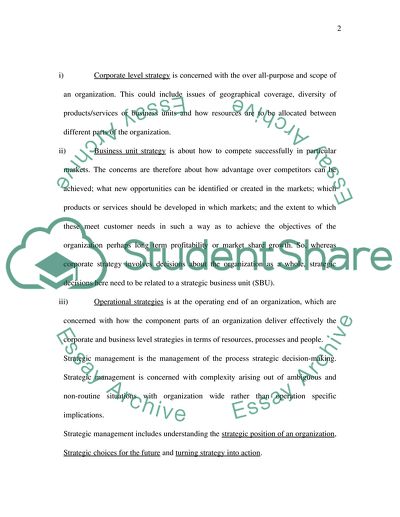Cite this document
(“Corporate Strategy Essay Example | Topics and Well Written Essays - 2750 words”, n.d.)
Corporate Strategy Essay Example | Topics and Well Written Essays - 2750 words. Retrieved from https://studentshare.org/miscellaneous/1538103-corporate-strategy
Corporate Strategy Essay Example | Topics and Well Written Essays - 2750 words. Retrieved from https://studentshare.org/miscellaneous/1538103-corporate-strategy
(Corporate Strategy Essay Example | Topics and Well Written Essays - 2750 Words)
Corporate Strategy Essay Example | Topics and Well Written Essays - 2750 Words. https://studentshare.org/miscellaneous/1538103-corporate-strategy.
Corporate Strategy Essay Example | Topics and Well Written Essays - 2750 Words. https://studentshare.org/miscellaneous/1538103-corporate-strategy.
“Corporate Strategy Essay Example | Topics and Well Written Essays - 2750 Words”, n.d. https://studentshare.org/miscellaneous/1538103-corporate-strategy.


